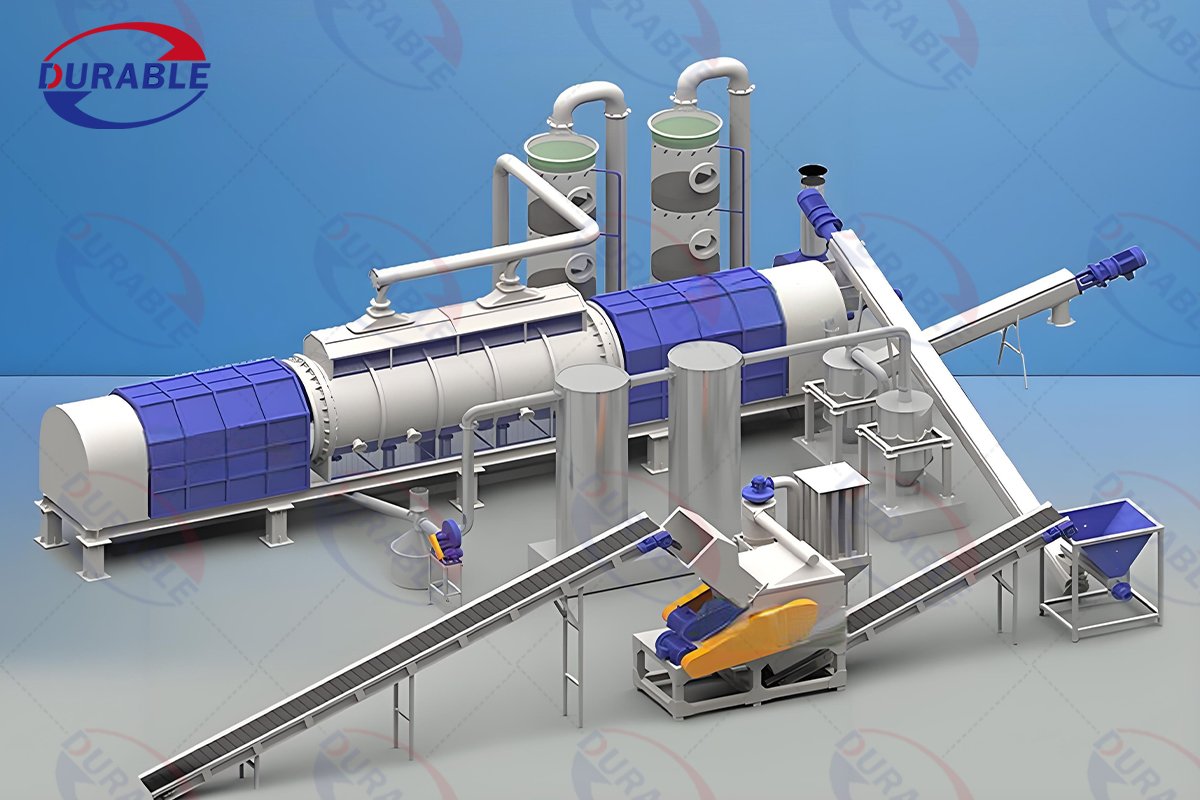Paint Removing Furnace
A Paint Removing Furnace, more commonly known in the industry as a Burn-Off Oven, Thermal Stripping Oven, or Pyrolysis Oven, is a specialized piece of industrial equipment designed to remove paint, powder coating, varnish, and other organic coatings from metal parts.
Advantages:
- Labor Saving: Eliminates hours of manual scraping or messy chemical work.
- Environmentally Friendlier: Destroys VOCs instead of releasing them, and avoids the use and disposal of harsh chemical strippers.
- Preserves Part Integrity: Less abrasive than sandblasting, which can damage the part’s surface.
- Versatile: Can clean complex shapes and multiple parts at once.
Our industrial burn-off ovens safely strip paint, powder coat & epoxy from metal parts without damage. Features a pollution-control afterburner for smokeless operation.
Table of Contents
- How Does a Paint Removing Furnace Work?
- Will the High Heat Damage or Warp My Metal Parts?
- Is a Paint Removing Furnace Environmentally Compliant?
- How Do Its Real Costs and Efficiency Compare to Alternatives?
- Does the Entire Process Require Manual Intervention?
- What Key Technical Parameters Should I Focus On When Choosing?
- FAQs
How Does a Paint Removing Furnace Work?
A Paint Removing Furnace uses a two-stage thermal process: controlled pyrolysis in the main chamber, followed by high-temperature incineration in an afterburner. It doesn’t just “burn” the paint off; it systematically decomposes it.
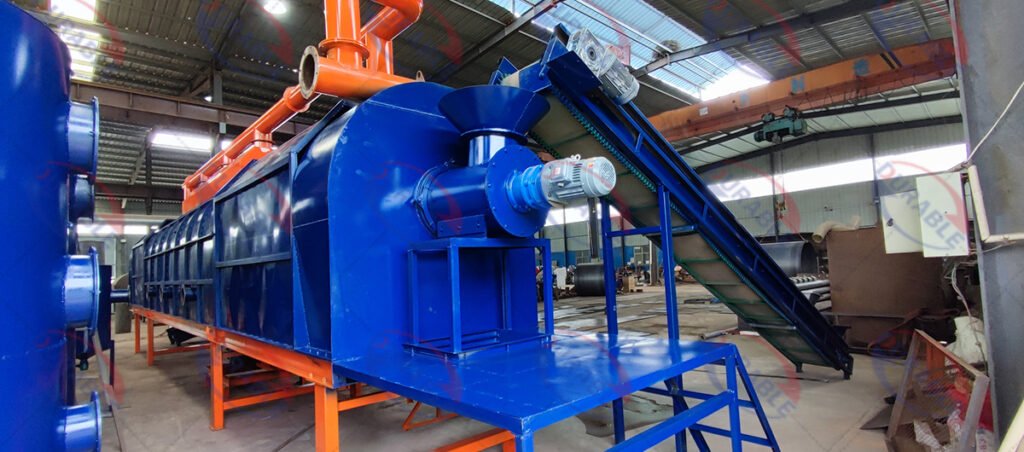
- Stage 1: Pyrolysis (The “Baking” Stage): You place your coated parts inside the primary oven chamber. The chamber is heated to around 400-450°C (750-850°F) in a very low-oxygen environment. This prevents the paint from catching fire. Instead, the heat breaks down the organic compounds in the paint (resins, polymers) into a combustible vapor (smoke). All that’s left on the part is a brittle, inorganic ash. This process is why the machine is also known as a Pyrolysis Furnace.
- Stage 2: Incineration (The “Cleaning” Stage): The smoke and vapor produced in the first stage are channeled into a second chamber, the afterburner. This chamber is heated to a much higher temperature, typically 800°C (1475°F) or more, with an abundance of oxygen. At this extreme temperature, all the harmful pollutants and volatile organic compounds (VOCs) in the smoke are completely destroyed, breaking down into harmless carbon dioxide and water vapor before being released through the exhaust stack.
This two-stage design is what makes a modern Heat Cleaning Oven both incredibly effective and environmentally responsible.
Will the High Heat Damage or Warp My Metal Parts?
No, if the furnace is designed and operated correctly, it will not damage standard ferrous metal parts. However, this is one of the most critical areas where a cheap furnace can fail you.
The standard operating temperature is well below the point where steel’s properties are altered. The danger comes from two potential problems:
- Temperature Spikes (Runaways): If you load too many heavily coated parts, the pyrolysis process can release a massive amount of energy at once, causing the chamber temperature to spike uncontrollably. This is what warps parts. A quality furnace has a critical safety feature: a water spray system. But here’s the secret: it’s not enough to have one. The system must be triggered not just by a high-temperature alarm, but by the rate of temperature rise. Our systems at Durable monitor how fast the temperature is climbing. If it detects an abnormal spike, it initiates a fine water mist to suppress the reaction before it gets out of control. This is the difference between prevention and disaster recovery.
- Sensitive Materials: Stripping paint from aluminum parts (like wheel hubs) is a high-risk application because aluminum’s melting point is only around 660°C. This requires a furnace with exceptional temperature uniformity (no more than ±10°C variation across the chamber) and an even more sensitive, lower-setpoint safety system.
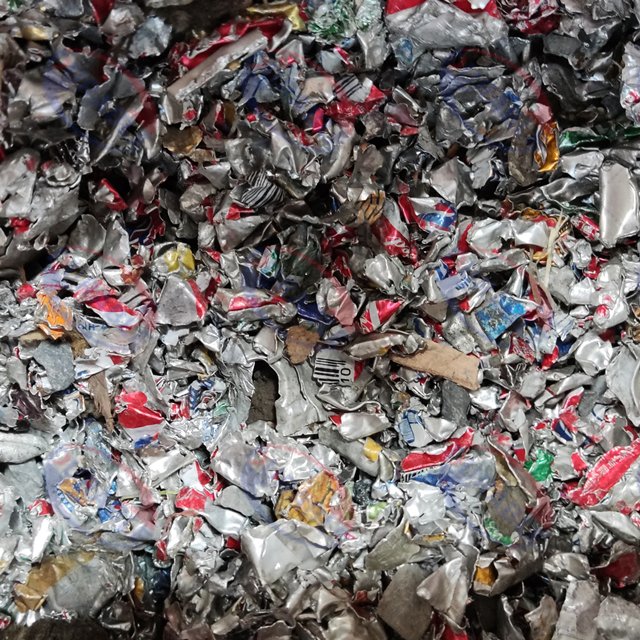
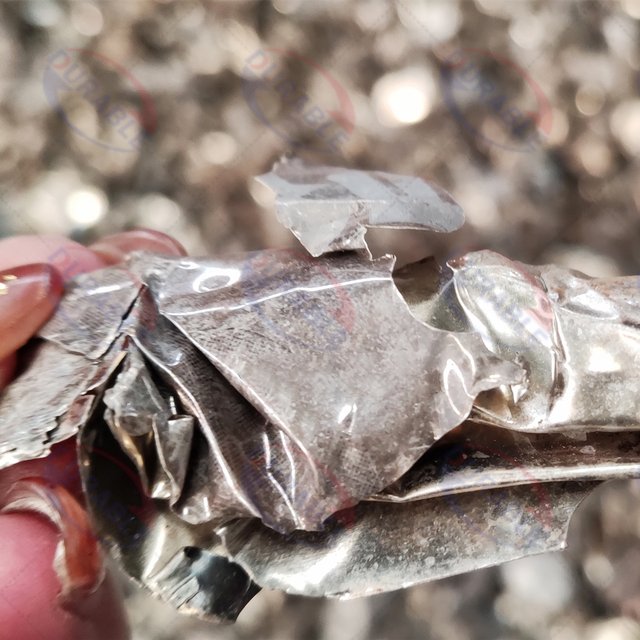
Is a Paint Removing Furnace Environmentally Compliant?
Yes, a well-engineered Paint Removing Furnace is a highly environmentally friendly solution. The afterburner is the key to its compliance.
By completely incinerating the hazardous smoke and VOCs generated during pyrolysis, the furnace produces clean emissions. This allows you to avoid the major environmental headaches of other methods:
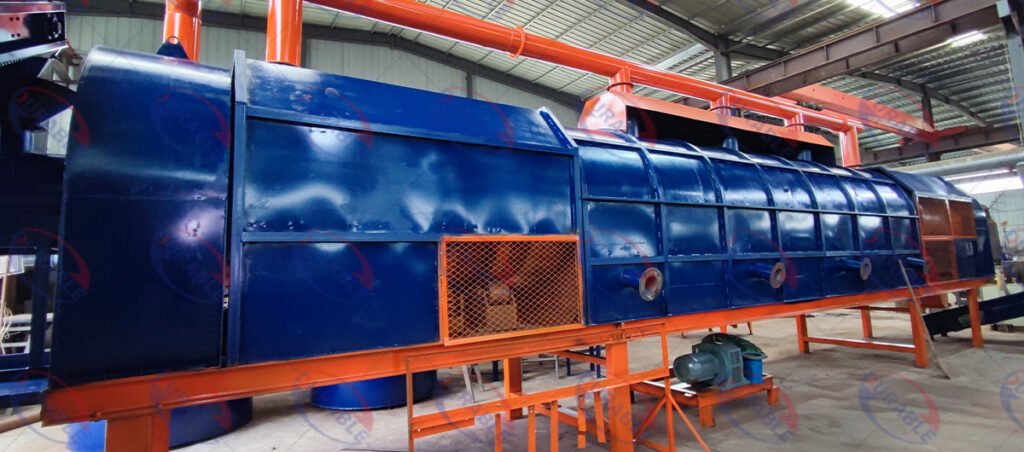
- Chemical Stripping: Eliminates the use of aggressive, toxic solvents and the high cost of disposing of the resulting hazardous liquid waste.
- Sandblasting: Prevents the creation of large volumes of contaminated blast media, which is also considered hazardous waste and is expensive to dispose of properly.
A modern furnace should run without any visible smoke or odor from its exhaust stack, allowing your facility to easily meet or exceed local air quality regulations.
How Do Its Real Costs and Efficiency Compare to Alternatives?
While the initial investment for a Paint Removing Furnace is higher, its long-term operating costs are significantly lower, especially for high-volume operations.
The efficiency gains come from dramatically reduced labor and consumable costs. Think of it this way: with a furnace, your primary operating cost is fuel (gas or diesel). With other methods, you are constantly paying for labor, chemicals, and waste disposal.
| Cost Factor | Paint Removing Furnace | Chemical Stripping | Sandblasting |
|---|---|---|---|
| Labor | Very Low. Load the parts, press start, and walk away. | High. Requires constant manual dipping, scrubbing, and rinsing. | Extremely High. A physically intensive, one-part-at-a-time process. |
| Consumables | Low. Only fuel is consumed. | High. Chemicals are expensive and need frequent replacement. | High. Blast media and nozzle wear are continuous costs. |
| Waste Disposal | Minimal. Only a small amount of non-hazardous ash. | Very High. Disposal of spent chemicals is costly and regulated. | High. Contaminated media disposal is a significant expense. |
For businesses that need to clean parts daily, like powder coating shops cleaning their jigs, the payback period for a Paint Removing Furnace can be as short as 12 to 24 months due to these massive operational savings.
Does the Entire Process Require Manual Intervention?
The furnace cycle itself is fully automatic, but you must account for manual loading and post-treatment.
The typical workflow is designed for efficiency:
- Load parts onto a specially designed cart.
- Roll the cart into the furnace.
- Close the door and select the pre-programmed cycle on the control panel.
- The furnace runs the entire cycle automatically—heating, pyrolysis, afterburning, and cooling.
- Once the cycle is finished and the parts are cool, you unload the cart.
However, here is a truth many first-time buyers miss: the process leaves a fine layer of inorganic ash (from paint fillers like titanium dioxide) on the parts. This ash is brittle but often needs to be removed with a pressure washer, a wire brush, or a light touch-up in a blast cabinet before the part is perfectly clean for recoating. This post-treatment step is an essential part of the overall process.
What Key Technical Parameters Should I Focus On When Choosing?
Don’t get distracted by the furnace’s size. Focus on the engineering details that determine performance, safety, and durability.
- Choose by Thermal Load, Not Part Size: Don’t ask, “Will my part fit?” Instead, ask, “Can this oven handle burning 50 kg of powder coat in one go?” The amount of coating to be removed (the “thermal load”) is the most important factor. An oven designed for lightly coated jigs will fail if used for parts with heavy grease and paint buildup.
- Forced Air Circulation: A cheap oven just has burners at the bottom. A quality oven has a powerful, heat-resistant fan and internal ducting to force hot air into every corner of the chamber. This ensures uniform heating, prevents hot/cold spots, and delivers consistent results.
- Durable Floor and Cart Construction: The furnace floor and the cart take a beating from heavy loads and constant heat cycling. Inspect them closely. Look for a thick, reinforced floor made of true heat-resistant steel, not just standard carbon steel. A sagging floor is a sign of a poorly built machine.
- Advanced Safety Controls: As mentioned, demand a control system that monitors the rate of temperature rise, not just the temperature itself. This is the single most important feature for preventing catastrophic damage.
Technical Parameters
| Technical Parameters | TQ800 | TQ1200 | ||||
| Name | Model | AMT | Unit | Model | AMT | Unit |
| Feeding Screw Conveyor | Φ325mm | 1 | Set | Φ325mm | 1 | Set |
| Furnace Host | 800mm*17000mm(14mm Thickness) | 1 | Set | 1200mm*17000mm(14mm Thickness) | 1 | Set |
| Reducer | zq350 | 1 | Set | zq400 | 1 | Set |
| Sealing Parts | Stainless Plates Seal | 2 | Set | Stainless Plates Seal | 2 | Set |
| Air Blast Fan | 9-19-4.5A | 1 | Set | 9-19-4.5A | 1 | Set |
| Draught Fan | Y5-47-6C | 1 | Set | Y5-47-6C | 1 | Set |
| Secondery Combusition Chamber | 1900mm*4500mm | 1 | Set | 2200mm*5000mm | 1 | Set |
| Heating Buners | 20KW | 7 | Set | 45KW | 7 | Set |
| Control Cabinet | PLC | 1 | Set | PLC | 1 | Set |
FAQs
Q1: Besides paint, what other coatings can it remove?
A: A Paint Removing Furnace is incredibly versatile. It works perfectly for powder coating, e-coat, varnishes, thick grease, oils, rubber, and various plastics. It’s a go-to solution for cleaning engine blocks, extruder screws from the plastics industry, and manufacturing hooks and jigs.
Q2: What are the facility requirements for installing a furnace?
A: You need a level, non-combustible concrete floor that can support the oven’s weight. You also need an adequate fuel supply (typically natural gas or diesel), a proper electrical connection for the controls and fan, a standard water line for the safety system, and an exhaust stack installed according to local codes.
Q3: How long does a typical cycle take?
A: A full cycle, including heat-up, the main stripping phase, and cool-down, can range from 4 to 12 hours. The duration depends on the thermal load (how much coating is on the parts). Some advanced ovens feature a “forced cooling” system that can significantly shorten the cool-down time, potentially allowing for two cycles per day and doubling your productivity.
 Durable Machinery
Durable Machinery
